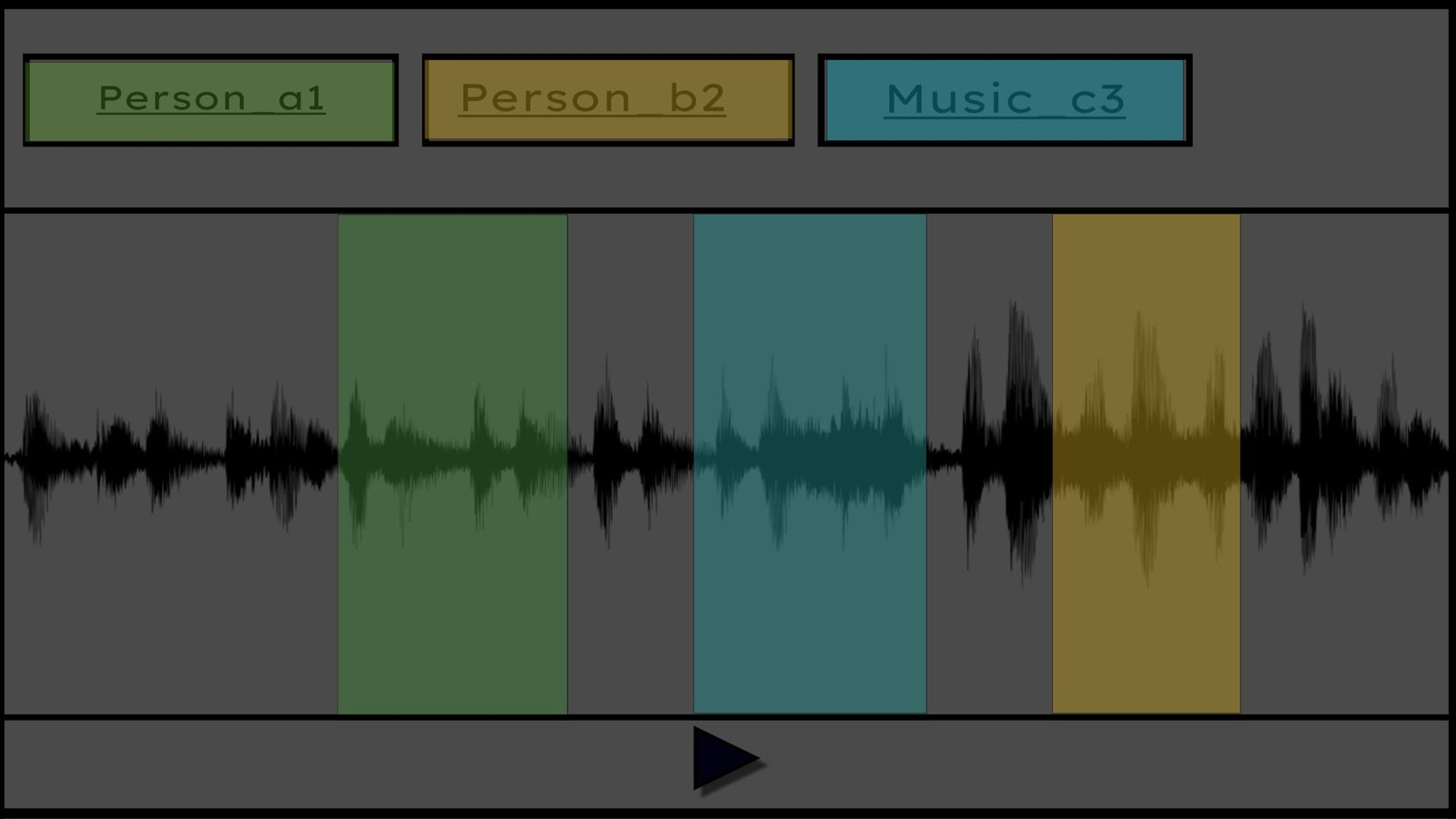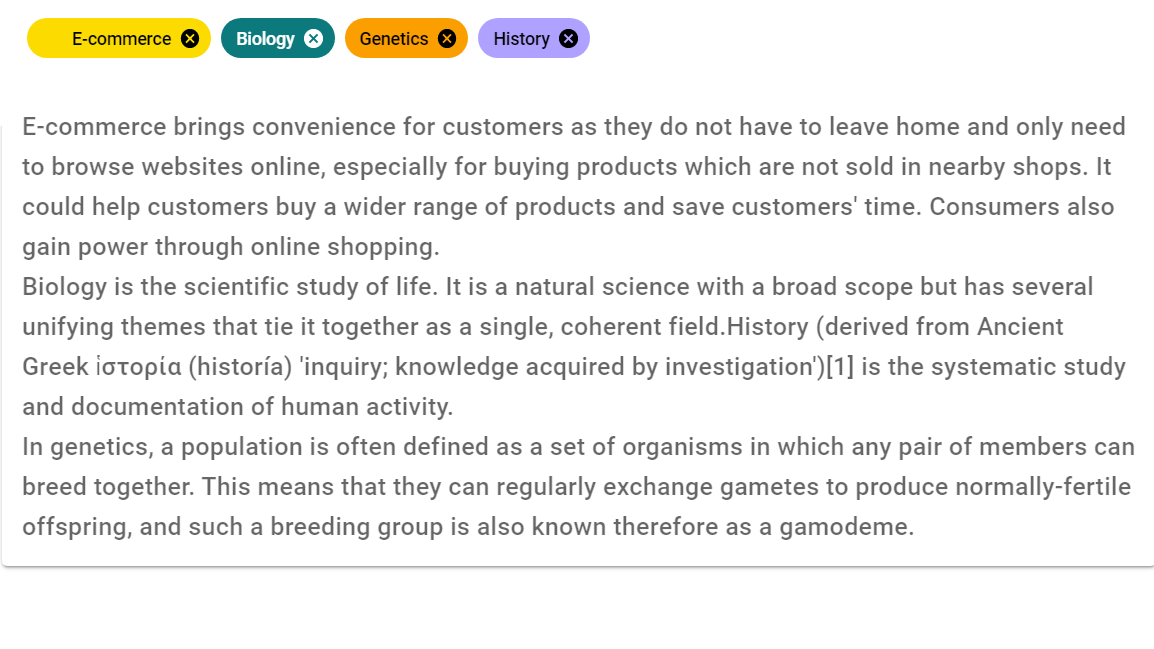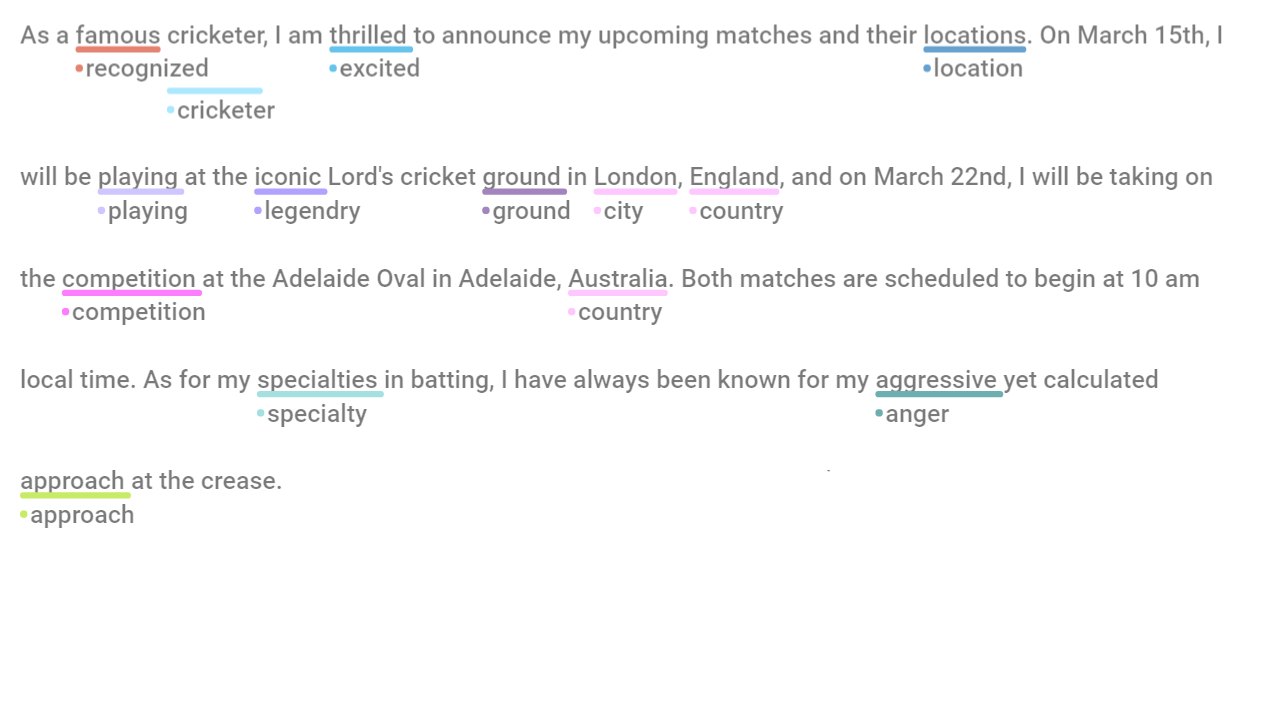Escort ny – Get to know beautiful escorts from the most reputable escort sites in NY. Browse profiles & call girls offering their services in your area 24/7!Medicare doesn’t escort ny cover escorts or home-care services. But nonprofit and private hospitals are starting to help patients find them.
NLP Annotation

Audio Data Annotation
Click to learn more
Audio transcription is the process of converting spoken words and sounds from an audio recording into written text. This is typically done by human transcribers who listen to the recording and type out what they hear.
Transcription is important for a wide range of applications, from creating closed captions for videos to producing transcripts of business meetings and interviews. By converting spoken language into written text, transcription makes it easier for people to access and analyse information, regardless of their hearing ability or language proficiency.
One of the challenges of audio transcription is accurately capturing spoken language, which can involve accents, slang, and background noise. Skilled transcribers are trained to listen for and interpret these nuances in speech, and may use specialised software to aid in the process. Overall, audio transcription plays a crucial role in making audio content accessible and usable in a wide range of contexts.

Text classification
Click to Learn More
Text classification is a type of annotation that involves assigning predefined categories or labels to text documents. This annotation is typically done by skilled annotators who carefully read and analyse each document to determine its content and meaning.
During the annotation process, annotators assign one or more labels to each text document based on its content, such as the topic, sentiment, or intended audience. This labelled data is then used to train machine learning models to classify new text data into the appropriate categories.
Text classification annotation is used in a variety of applications, such as email filtering, content tagging, and document organisation. By accurately categorising text documents, machines can improve search results, personalised recommendations, and streamline content management processes.

Sentiment annotation
Click to learn more
Sentiment annotation involves identifying and labelling the sentiment expressed in a piece of text, such as a product review, social media post, or customer feedback. Sentiment analysis is a vital component of natural language processing, and it is used to gauge the emotional response of customers towards a product or service.
Skilled annotators who have domain expertise in the relevant industry or topic can accurately label the sentiment expressed in a piece of text. They assign positive, negative, or neutral labels to text based on the emotional tone and context of the message.
Sentiment annotation has become increasingly important in the era of big data and AI. As companies gather vast amounts of customer feedback through various channels, they need a way to analyse this data quickly and accurately. Sentiment analysis enables companies to understand their customers’ emotional responses to their products and services and make data-driven decisions to improve customer satisfaction.

Role Labelling
Click to Learn More
Role labelling annotation is a type of natural language processing task that involves identifying the roles played by entities in a sentence. It is a crucial step in accurately understanding the meaning of a sentence.
In this task a trained annotator assigns a semantic label to each entity in a sentence, such as the subject, object, or modifier. These labels help to identify the relationships between entities and provide context to the sentence.This enables AI with clearer understanding of the sentence’s meaning and help to extract valuable information from the text.
Role labelling annotation is used in a variety of applications, such as information extraction, question answering, and sentiment analysis. With the growth of big data and AI, role labelling annotation has become an increasingly important task in natural language processing.

Semantic
Click to learn more
Semantic annotation is a crucial aspect of Natural Language Processing (NLP) that involves identifying and marking up the meaning and context of words and phrases in text data. By doing so, machines can better understand the relationships and connections between words and phrases, and accurately interpret the meaning of a sentence or document.
With the exponential growth of digital data, the need for accurate semantic annotation is becoming increasingly important in order to unlock valuable insights and information from unstructured text data. Hence, experienced annotators are used to provide accurate semantic meaning of the sentence
Semantic annotation is used in a variety of NLP applications, such as language translation, chatbots, and search engines. By accurately identifying the meaning and context of words and phrases in text data, machines can provide more accurate and relevant results to users, and improve the overall efficiency and effectiveness of NLP systems.

POS annotation
Click to Learn More
Parts of speech tagging is the process of identifying and labelling the different parts of speech in a sentence, such as nouns, verbs, adjectives, and adverbs. This annotation technique is used in natural language processing to help machines better understand the structure and meaning of text.
Skilled annotators use their knowledge of language grammar and syntax to label each word in a sentence with its corresponding part of speech. This labelled data is then used to train machine learning models to identify and tag parts of speech in new sentences automatically.
Part of speech tagging is essential for many natural language processing applications, such as text-to-speech conversion, language translation, and speech recognition. By identifying the different parts of speech in a sentence, machines can accurately interpret the meaning and intent behind the text and produce more accurate and natural language outputs.

Phonetic Annotation
Click to learn more
Phonetic text annotation involves identifying and labelling the phonetic sounds present in a given text. This is particularly useful for languages with non-standard writing systems or when trying to capture the nuances of spoken language. By transcribing speech in this way, researchers can analyse the sounds and patterns of speech to gain insits into language acquisition, dialects, and more.
Phonetic text annotation can also be used in speech recognition systems, where the phonetic transcriptions are used to train the algorithms that recognize speech. This can improve the accuracy of speech recognition in different contexts, such as when dealing with accents or dialects that the system may not be familiar with.
Overall, phonetic text annotation is an important tool for capturing and analysing spoken language, and has applications in fields such as linguistics, speech recognition, and language learning.

NER
Click to Learn More
Named entity recognition (NER) is a type of annotation that involves identifying and classifying specific named entities in text, such as names of people, places, organisations, and dates. NER is a crucial step in natural language processing and can help machines better understand the context and meaning of a text.
During the annotation process, skilled annotators label each named entity with its corresponding category, such as person, location, organisation, and date. This labelled data is then used to train machine learning models to recognize named entities in new text data.
Named entity recognition is used in a wide range of applications, such as information extraction, sentiment analysis, and question answering. By accurately identifying and categorising named entities in text, machines can provide more personalised and relevant information to users, improve search results, and enhance overall understanding of text data.

Key Phrase Annotation
Click to learn more
Key phrase annotation is a technique used in natural language processing and machine learning to identify and label important words or phrases within a text document. This process involves manually tagging words or phrases that are most relevant or meaningful to the overall meaning of the text.
In the era of big data and AI, key phrase annotation has become increasingly important in enabling machines to understand and extract meaningful insights from unstructured text data. By identifying and labelling key phrases within a text, machines can better understand the context and meaning of the text, and make more accurate predictions and decisions based on this information.
In conclusion, key phrase annotation is a powerful technique that can help machines to better understand and extract insights from unstructured text data, enabling new applications and use cases in areas such as natural language processing, text mining, and machine learning.

Intent annotation
Click to Learn More
Intent detection annotation is an important technique used in chatbots and virtual assistants like Siri or Alexa. It enables these systems to understand and respond to human language. By labelling the intent of texts or utterances, humans are teaching machines to recognize patterns in language and to accurately identify what the user is trying to do or say.
Teaching machines to understand language is challenging because language is incredibly complex and diverse. That’s why intent detection annotation requires skilled annotators with domain expertise. By labelling the intent of texts or utterances, we make it easier for machines to understand and respond to our language in a more natural and intuitive way.
With the increasing demand for natural language processing and conversational interfaces, intent detection annotation has become increasingly important. By understanding what people are saying, machines can provide better responses and make more accurate predictions.

Document classification
Click to learn more
Document classification is a type of annotation that involves assigning predefined categories or labels to entire documents, such as articles, reports, or web pages. The goal of this annotation is to organise and classify large collections of text documents based on their content and meaning.
During the annotation process, annotators carefully read and analyse each document to determine its main topics, themes, and intended audience. They then assign one or more labels to each document based on its content, such as the subject matter, level of complexity, or intended audience.
Document classification annotation is widely used in information management systems, such as search engines, content management systems, and recommendation systems. By accurately classifying documents, machines can better organise, retrieve, and present relevant information to users, leading to improved efficiency and user satisfaction.

Coreference resolution
Click to Learn More
Coreference resolution is a natural language processing task that involves identifying all the expressions that refer to the same entity in a text. It is essential in language understanding since it helps machines understand the relationships between different parts of a text.
Coreference resolution annotation is typically done by human annotators, who manually link each mention of an entity to its corresponding antecedent. This can be a time-consuming process, but it is essential for creating high-quality natural language processing models.
Coreference resolution is particularly useful in tasks such as text summarization, machine translation, and question-answering systems. By understanding how different parts of a text relate to each other, machines can generate more accurate and coherent responses.
A Dubai escort girl is the ideal partner for a night of fun, excitement and romance. Her experience and skill will leave you feeling like a million dollars.There are no dedicated red light districts in Dubai, but there are a dubai escort girl number of places where sex workers offer their services for money. These include the Cyclone Club, Hyatt Regency in Deira and Moscow Hotel.
